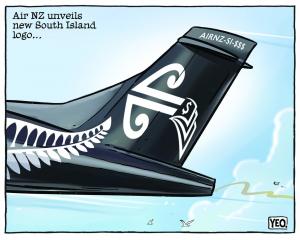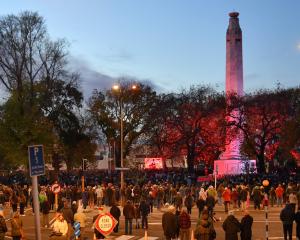The nature of contact sport is such that injuries are an accepted part of the game. When it comes to rugby and rugby league, in particular, bruises, sprains, torn muscles and ligaments and the occasional broken bone go with the territory.
But news this week ongoing issues with concussion may lead to the onset of dementia is cause for greater alarm. News reports found five men from the 1964 Taranaki Ranfurly Shield-winning rugby team have been diagnosed with dementia.
Their families attribute their conditions to concussions suffered as players. All players received numerous serious concussions during their playing days. One former All Black, Neil Wolfe, was knocked out early in his first test match in 1961 and remembered nothing of the first half.
The concerns are backed up by ACC figures which show a sharp rise in the number of claims involving rugby concussions. In 2010, the ACC approved 1480 claims for concussion or brain injury for rugby.
That increased to 1508 the following year and has continued to rise to the point where last year 2413 claims were received. This week alone, two members of the Highlanders are unavailable for the Super rugby clash with the Waratahs after taking recent head knocks.
While there is naturally plenty of concern about concussion, there are no clear-cut prevention measures for sports which rely on size, speed and physically dominating the opposition. Players are taught to hit rucks and tackles with, at times, ferocious impact.
Referees are under instructions to be tough on foul play and any player contact above the shoulders is quickly jumped on by officials.
But it is often not foul play which leads to a head injury. It can just be a case of being in the wrong place at the wrong time, an accidental clash of heads or a head colliding with the ground. Last month former Black Cap and Otago cricket captain Hamish Rutherford was hit in the helmet by a bouncer and, after suffering from recurring headaches, has not played since.
Head knocks will always occur in sport, but it is how injured players are handled and their subsequent treatment managed that matters most.
Rugby has introduced concussion tests during matches where players suspected of head knocks are sent from the field and tested by medical staff before being allowed to return. Thankfully, the days of watching top rugby and league players, who have been clearly knocked out, staggering around the field oblivious to their surroundings are well and truly over.
But that is fine for the games' elite. How about the weekend warriors?
Those players plying their talent at school or club level on sports fields every weekend. There are no medical experts to call on at the ground. Decisions are often made by coaches, managers or parents.
If a key player goes down with a head knock, are those coaches - some keen to win at all cost - putting undue pressure on players to return to the field too quickly?
The NZRU, in its Coaching Toolbox programme, outlines a standard sideline concussion test for coaches at all levels. It includes asking players a series of questions, such as the score, who the opposition is and at what ground the match is being played.
If players get the answers wrong or are slow to respond, it indicates a likely concussion and they should not continue playing.
The International Rugby Board's (IRB) mandatory stand-down period is for a minimum three weeks and players should also not return to sport until symptom free and medically cleared.
It is important for everyone that those guidelines are, as a bare minimum, followed. Missing a few matches because of concussion is one thing; missing memories because of dementia is another.
All involved - players, parents, coaches and officials - have a role to play in maintaining safety in sport.












